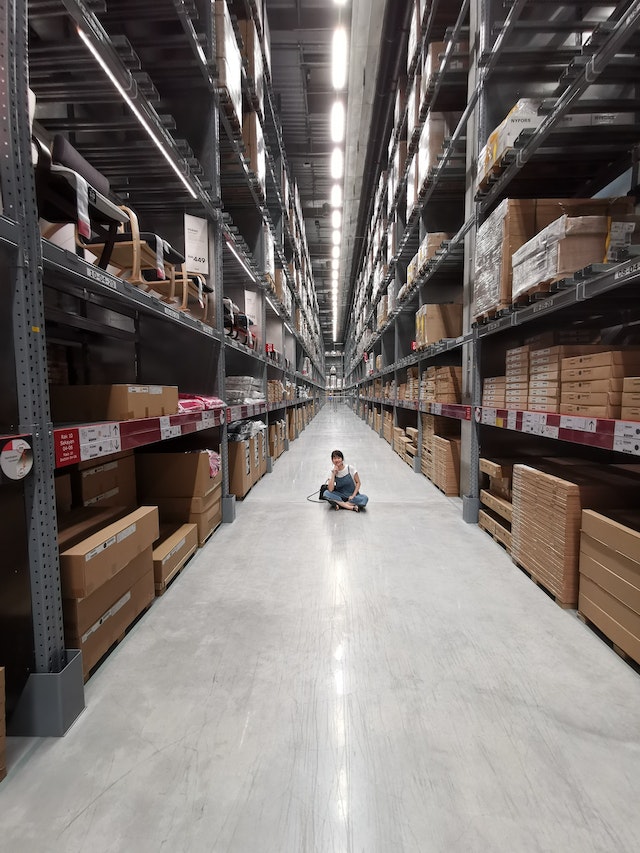Frank Monte is Head Buyer at Brands Gone Wild, where his primary responsibility is overseeing inventory procurement. He possesses a keen attention to detail and a deep understanding of marketing trends and customer preferences, enabling him to ensure a seamless alignment between the merchandise offered and the demands of the market. Under his leadership, Brands Gone Wild consistently remains in sync with current trends.
At the core of the company’s success lies the concept of “opportunity buying,” a strategy diligently upheld by Frank Monte and his team. This approach involves sourcing and securing favorable deals on products that align with prevailing market trends and customer preferences.
As Head Buyer, Frank Monte plays a crucial part in executing the company’s procurement strategy. He adeptly navigates the ever-evolving fashion landscape, identifying emerging trends to keep Brands Gone Wild ahead of the curve and ensuring that sought-after items are available to customers at competitive prices.
Throughout his career, Frank Monte’s leadership has played a pivotal role in driving the achievements of Brands Gone Wild.
Can you describe your role and responsibilities as an inventory manager?
Frank Monte: My primary role is to oversee and manage the company’s inventory levels to ensure they align with business objectives. This involves a lot of tracking, ordering, and maintaining appropriate inventory levels to meet customer demand, while also trying to balance carrying costs. It’s a complex system, but I do my best to keep it as simple and streamlined as possible.
How do you prioritize which items to order and when to reorder them?
Frank Monte: Prioritizing items for reorder takes into account a lot of factors, like historical sales, demand forecasts, lead times, and the necessity of the items. We have a system in place to help us track these factors, and we’re able to provide foresight and market knowledge to our re-ordering process.
What tools or software do you use to track and manage inventory?
Frank Monte: I use a specialized inventory management software system that I’ve found works well for our business. There are quite a few software options, and I encourage you to find one that suits the particular needs of your industry. You should ensure that your system provides tools to help you track stock levels, reorder points, and generate reports and analysis.
How do you ensure that inventory levels are optimized to meet customer demand while minimizing carrying costs?
Frank Monte: Balancing inventory levels to meet customer demand is typically achieved through a combination of demand forecasting, safety stock management, and ongoing monitoring. I regularly analyze existing sales trends and adjust my reorder points to strike a good balance between keeping customers happy and minimizing access inventory costs. It’s all about data analysis, and we’ve learned through our mistakes and our successes about how to find that balance.
What strategies do you use to prevent overstocking or understocking of products?
Frank Monte: You have to closely monitor inventory turnover rates, set reorder points, and conduct regular inventory audits. In terms of understocking, I use demand forecasting skills, safety stock calculations, and collaborate closely with sales and procurement teams to make sure I can restock in a timely fashion.
What would you say is unique about the inventory needs of your business?
Frank Monte: At Brands Gone Wild, we’ve built our business around surprising you with the quality and diversity of stock that we provide. As opportunity buyers, we scavenge around for the best available “dead stock” from the most popular brands and we offer them to our customers at big discounts. So in a sense, we take advantage of larger companies’ inefficiencies in their inventory management systems. We’re unique because of the wide variety of items in our stores, and there’s no way we’d be successful without a strong procurement strategy.




